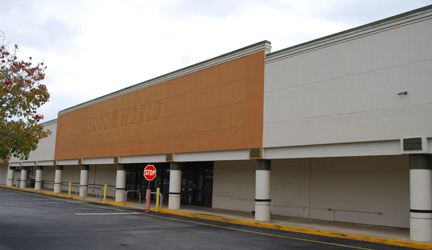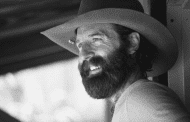By Gary Lloyd
A Hewitt-Trussville High School class is lending a hand.
Literally.
Chris Walters’ senior biomedical innovations class, part of the Biomedical Sciences Academy, has been designing an arm prosthetic for Jamison Franklin, a Hewitt-Trussville graduate and quadriplegic as a result of an off-road automobile accident in January 2011.
Franklin’s younger sister, Darby Franklin, a senior at the high school, developed the idea for the arm prosthetic last year, Walters said. Bella Goubeaux also helped develop the idea and teacher Chris Bond assists the students with Walters, too.
“(Darby) has watched him make strides in his recovery, but she just really wants him to have some resemblance of the everyday freedom that he had prior to the injury,” Walters said. “When she considered a device that might assist Jamison, we had to narrow down the scope of the project to one movement that Jamison would really appreciate having again. This led us to the idea of an arm.”

Jamison Franklin, shown in his 2012 Hewitt-Trussville High School graduate photo
photo courtesy of Principle Portrait Group
The arm, Walters said, is made up of two systems. One is a mechanical system consisting of motors, gears and the arm. The class has a full elbow brace and motors, and the group is testing to see if it can use the motors to raise the brace. The brace serves as the hinge joint simulating the elbow. The class will also have to design a hand component that will run with another motor. The mechanical system would then be linked to Franklin’s sip-and-puff system, which would allow him to control the arm with his breath, and he’d be able to control a one-direction movement of the arm.
“We hope this system will actually be connected to his arm and hand and allow him to lift his arm to feed himself a snack or drink,” Walters said.
The other piece of the design is electrical stimulation, which will trigger the contraction and relaxation of the particular muscles to reduce atrophy.
“The overall goal is the mechanical system, but we hope to include the electrical component as well,” Walters said.
The largest “stumbling block” the students are facing is the money required to create an effective prosthetic, Walters said
. The class is piecing together materials it could use to create the arm, but it will not be as effective and efficient. To create a sustainable and efficient prototype, the class would need between $3,000 and $5,000. The only way the class is trying to raise funds is through contacting corporations, Walters said.
“For me, this (project) was a no-brainer,” Darby Franklin said in a YouTube video about the arm prosthetic.
Contact Gary Lloyd at news@trussvilletribune.com and follow him on Twitter @GaryALloyd.








